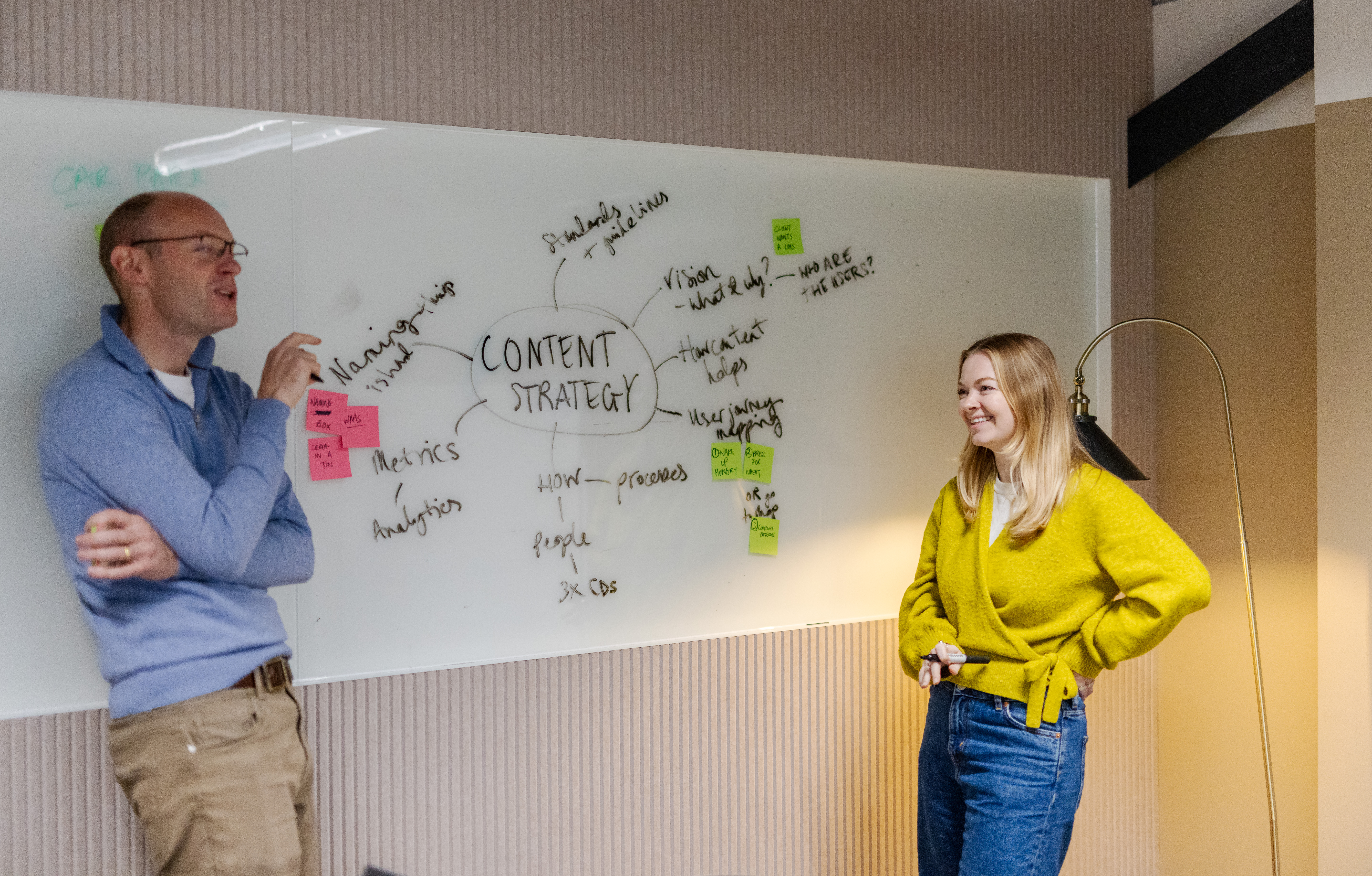We’ve been doing a lot of work in the data and data standards space.
If you do not know what data standards are, think of them as a pattern that solves a problem in a consistent way. A 3-pin plug is a good example.
Every electrical appliance needs to connect safely and reliably to a power source. Without a standard, each appliance and socket could have a different shape, voltage, or wiring.
It’s the same for the data that we capture in systems. If it’s captured in a standard way — with a defined set of rules — then different systems can talk to each other. This creates opportunities for efficiency and innovation.
However, we know from our research that:
- data standards can be hard to understand and use
- websites for data standards can be overwhelmingly technical
- adoption of data standards is patchy — especially in the housing sector.
Our hypothesis is that you can increase adoption of data standards by creating a website-based service that accommodates the needs of technical and non-technical users.
What do users need?
Our recent work with the Local Digital team has allowed us to explore this question in detail. If you’re developing a new standard — or encouraging adoption of an existing one — these 4 tips will help.
1. Design for the adoption journey
Most people go through the same stages when considering a data standard. Each stage brings different questions and needs.
Understanding
What is the standard and why does it matter?
Exploring and evaluating
Is it a good fit for us? What’s the value? What will it take?
Taking action
How do we start using it? How do we embed it in systems or procurement?
2. Start with your core user groups
Yes, there are lots of potential users — I’m looking at you procurement teams, senior leadership teams, frontline staff, funders, sector bodies.
But to get going let’s consider the most important ones first:
-
People in charge of large technical programmes of work — heads of digital, transformation leads etc. They need to understand the strategic and business value of data standards.
-
People who implement data standards. These are technical people who work directly with systems. They need to understand how the standard works and how to apply it.
3. Meet the most important user needs first
These are the core needs that surfaced most often in our research. They’re grouped by stage:
|
Need |
Stage |
|---|---|
|
I need to know the cost/benefit value of adopting this standard. |
Understanding |
|
I need to understand the goal of the standard in relation to my service outcomes. |
Understanding |
|
I need to know who else has implemented the standard. |
Understanding |
|
I need to understand the compromise of adopting this standard vs creating something custom. |
Understanding |
|
I need assurance that the standard is up-to-date. |
Explore and evaluate |
|
I need to understand the design decisions behind each standard. |
Explore and evaluate |
|
I need to understand the level of adoption of the standard. |
Explore and evaluate |
|
I need to check our current compliance with the standard. |
Explore and evaluate |
|
I need to know what skills are needed to implement the data standard. |
Explore and evaluate |
|
I need to understand how the domain is being modelled. |
Explore and evaluate |
|
I need to understand how flexible the model is and the process for changing it. |
Explore and evaluate |
|
I need to understand if it's technically possible for me to use this open standard. |
Explore and evaluate |
|
I need metaphors to help me understand complex concepts. |
Explore and evaluate |
|
I need to see different examples of how the standard is used, based on what I’m trying to do. |
Take action |
|
I need guidance on how to include data standards in the procurement process. |
Take action |
|
I need to know how to measure the success of implementing the standard. |
Take action |
|
I need to build a business case for implementing the standard. |
Take action |
|
I need peer support when I encounter challenges. |
Take action |
4. Explore different ways to meet a need
Let’s take one of these needs and expand it. I’m a content designer, so I like this one:
User need
I need metaphors to help me understand complex concepts, so I can learn faster, communicate ideas clearly, and make better decisions.
Why
-
To make sense of unfamiliar ideas using things they already understand
-
To explain complex concepts to colleagues with different expertise
-
To reduce the cognitive load of learning technical language
Ways to solve
-
Use familiar analogies to explain key concepts. You can even use AI to help you generate ideas.
|
Concept |
Metaphor |
|
Schema/model |
It’s like the blueprint for a house: it shows where everything should go and what’s needed. |
|
Data mapping |
It’s like translating between languages: you match 2 words with the same meaning so systems can understand each other |
Final thoughts
Data standards are foundational to digital transformation — but only if people understand, see the benefits and adopt them.
If they’re too technical, too opaque, or not linked to real-world value, they will not be used.
Design your website — or service — around real user needs, and you’ll make your standard accessible, usable, and impactful.

